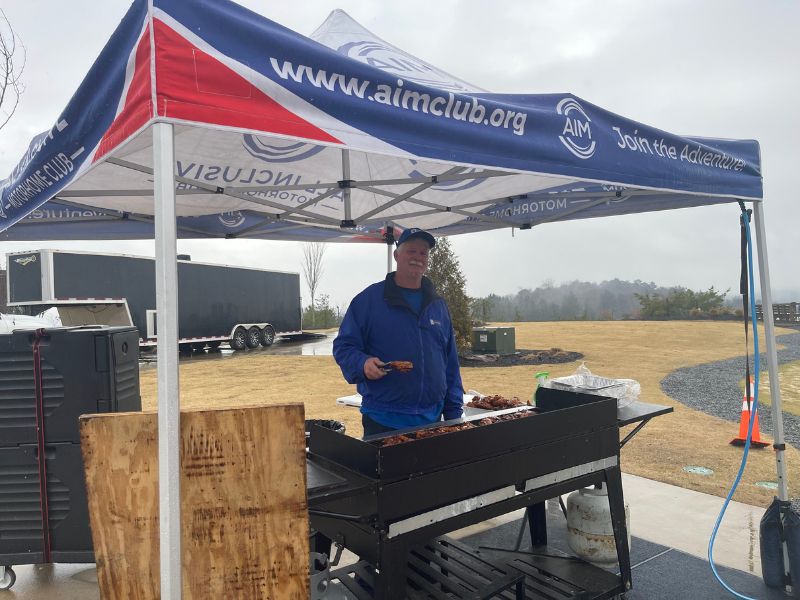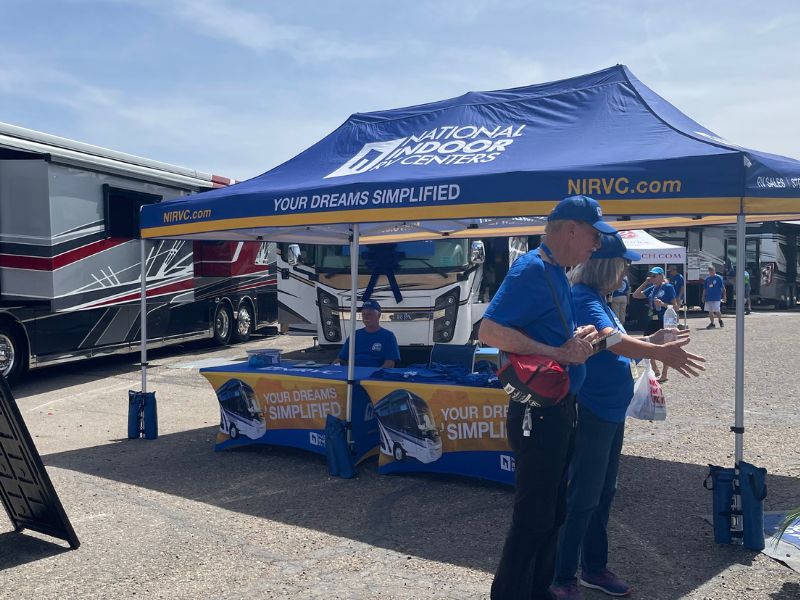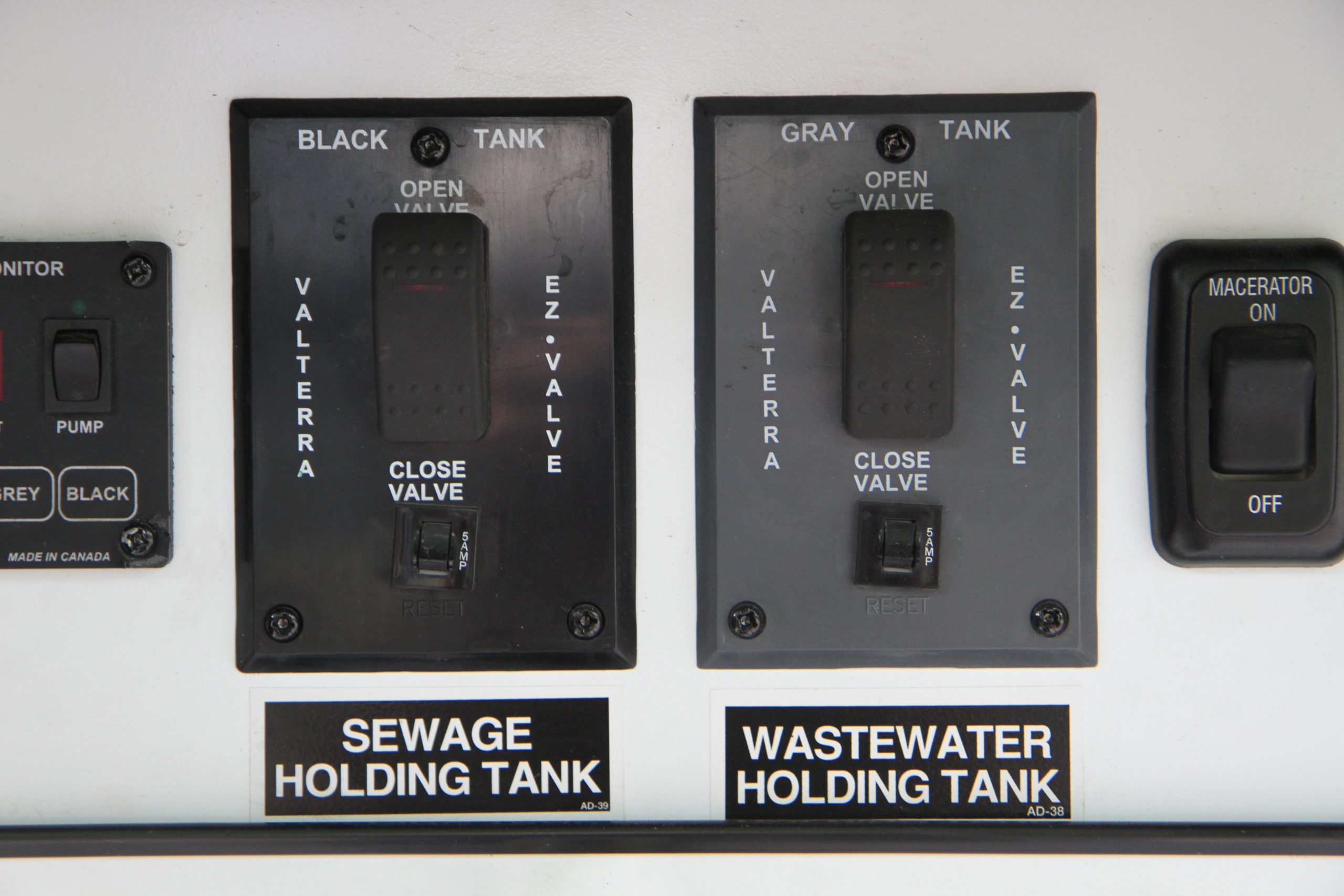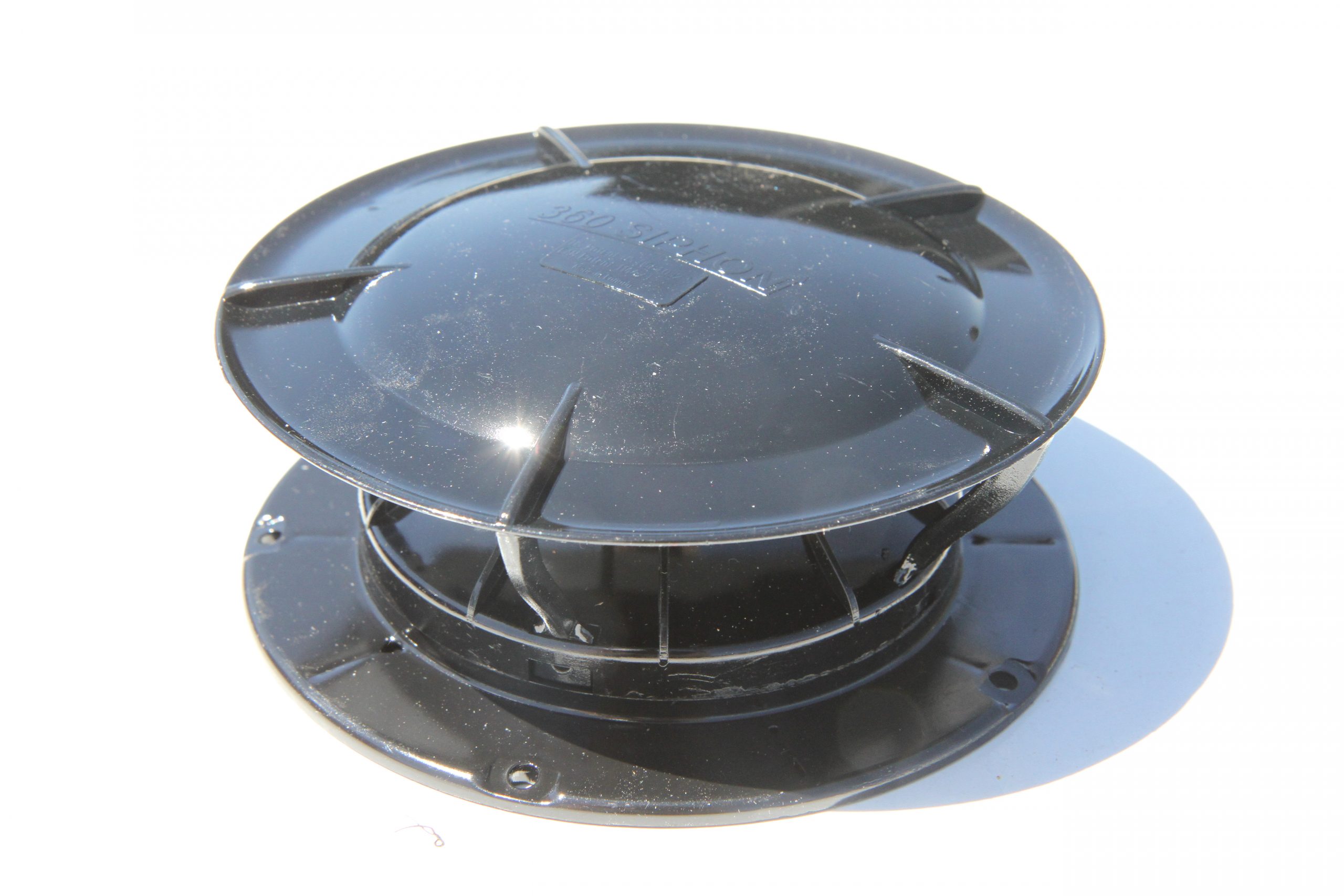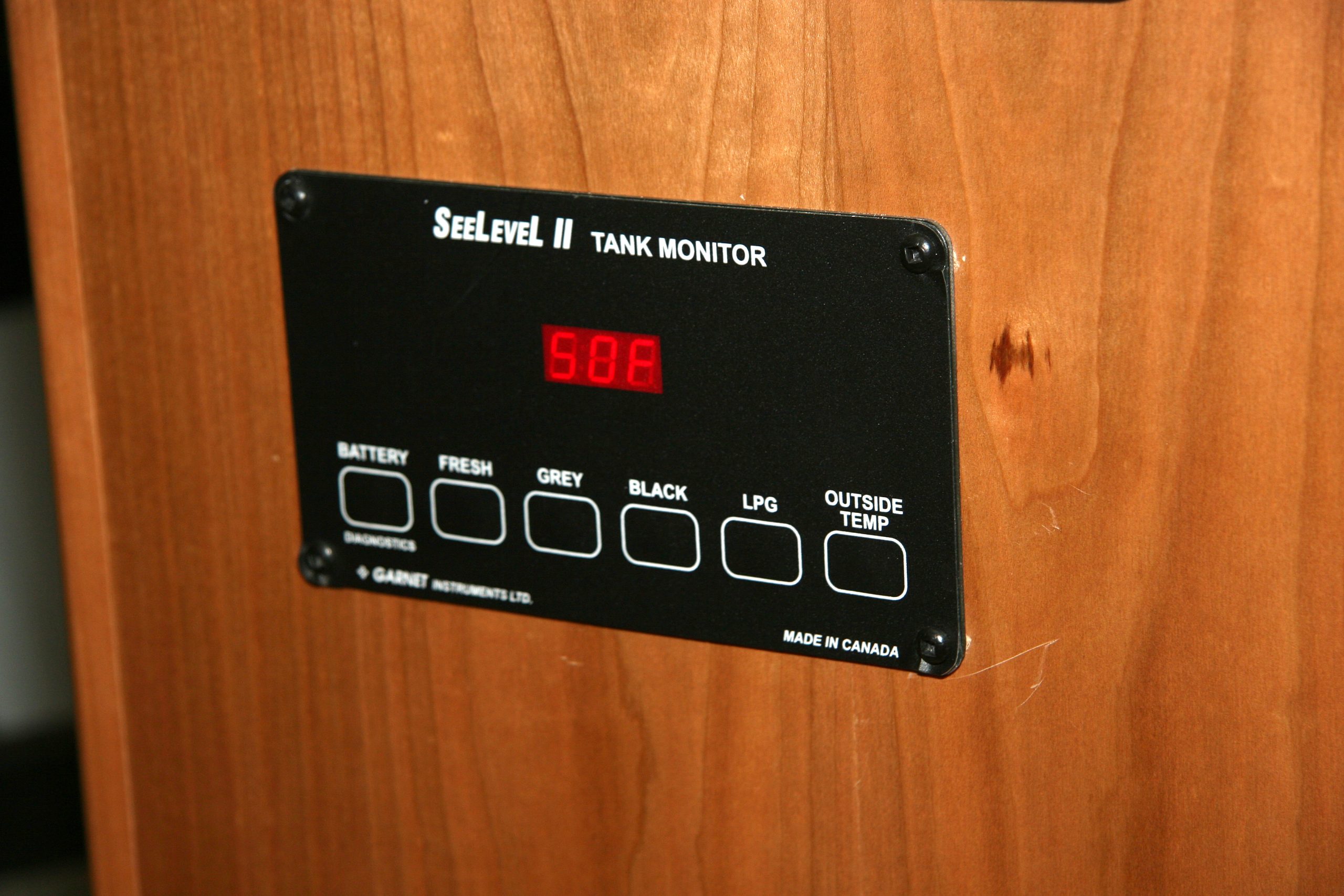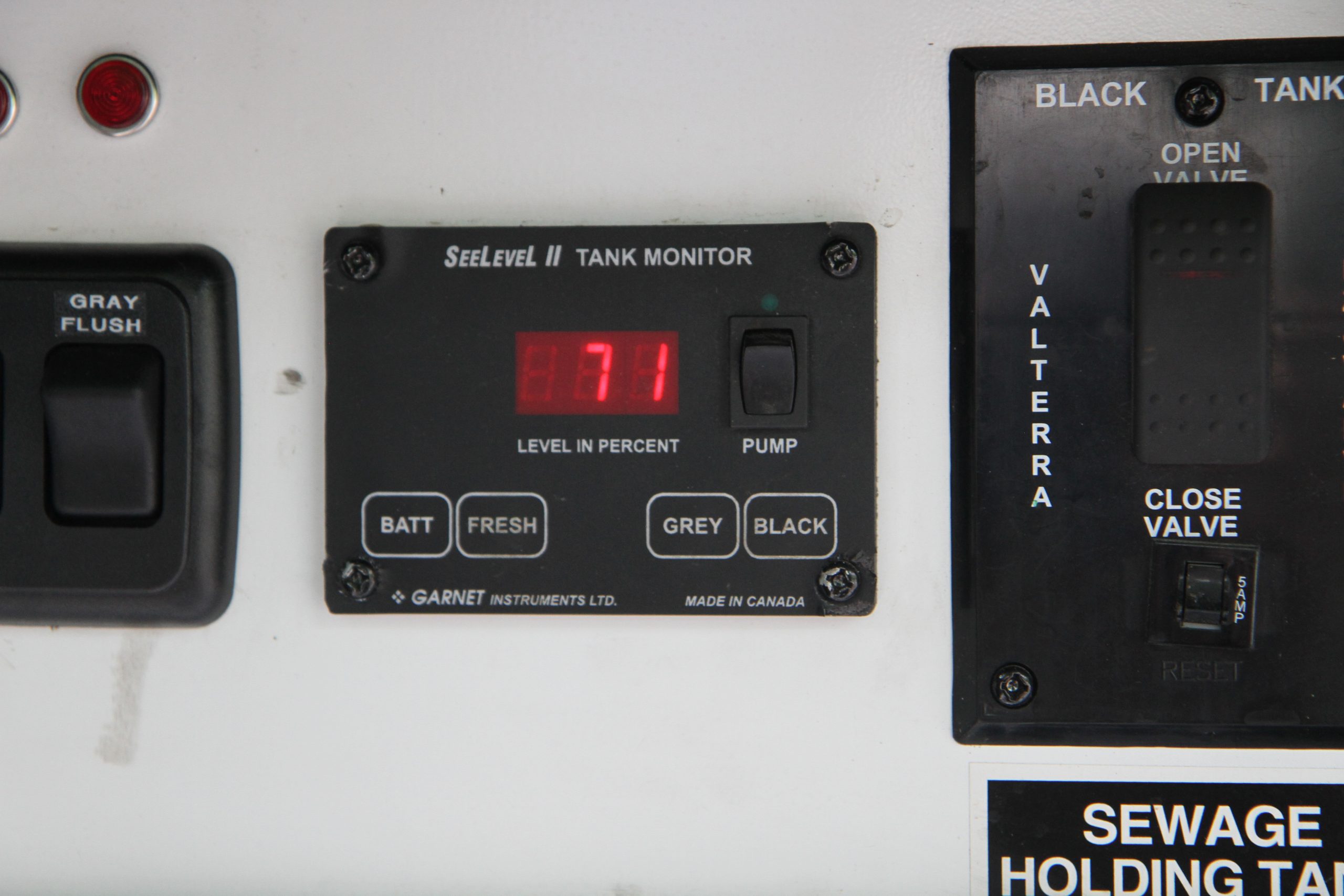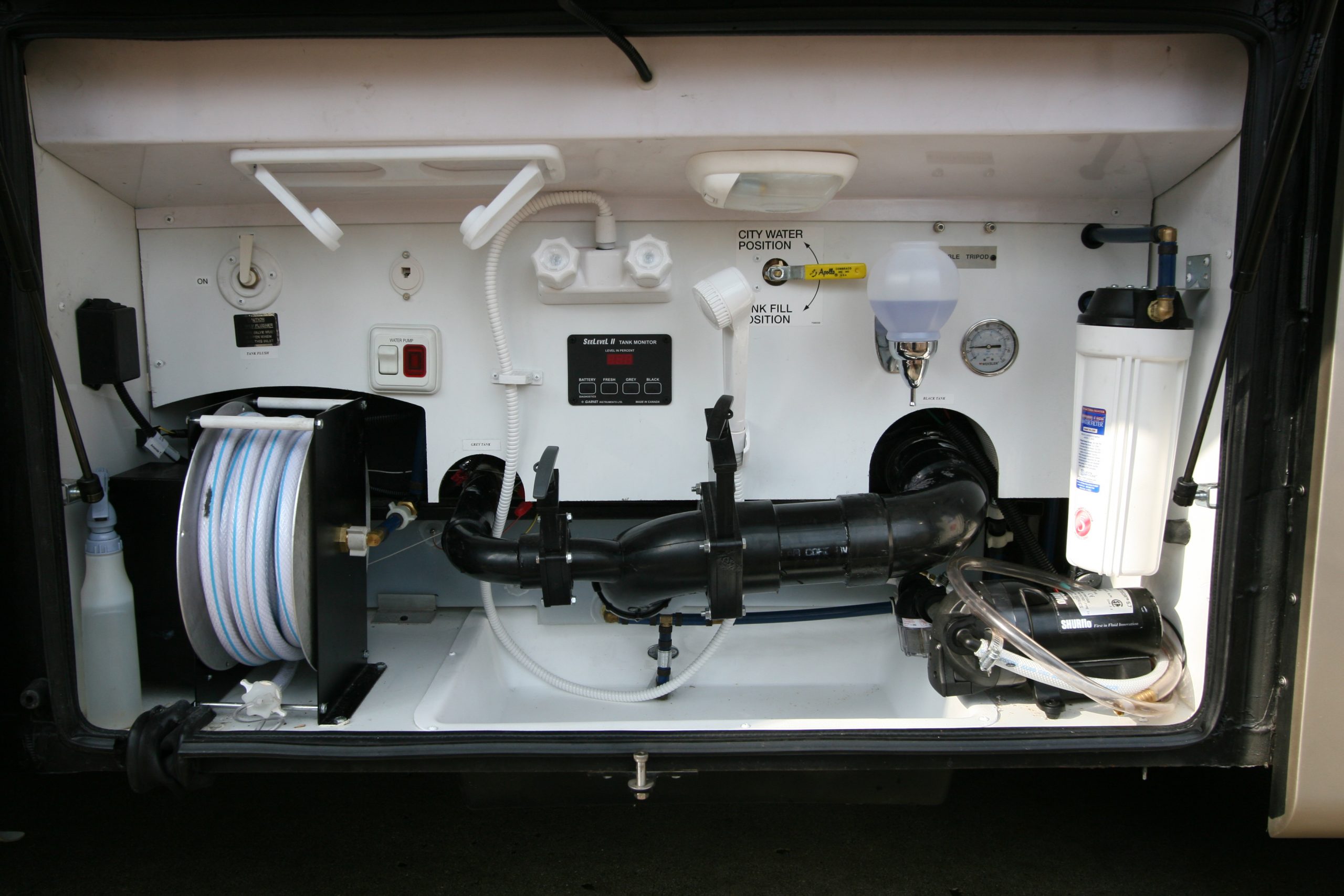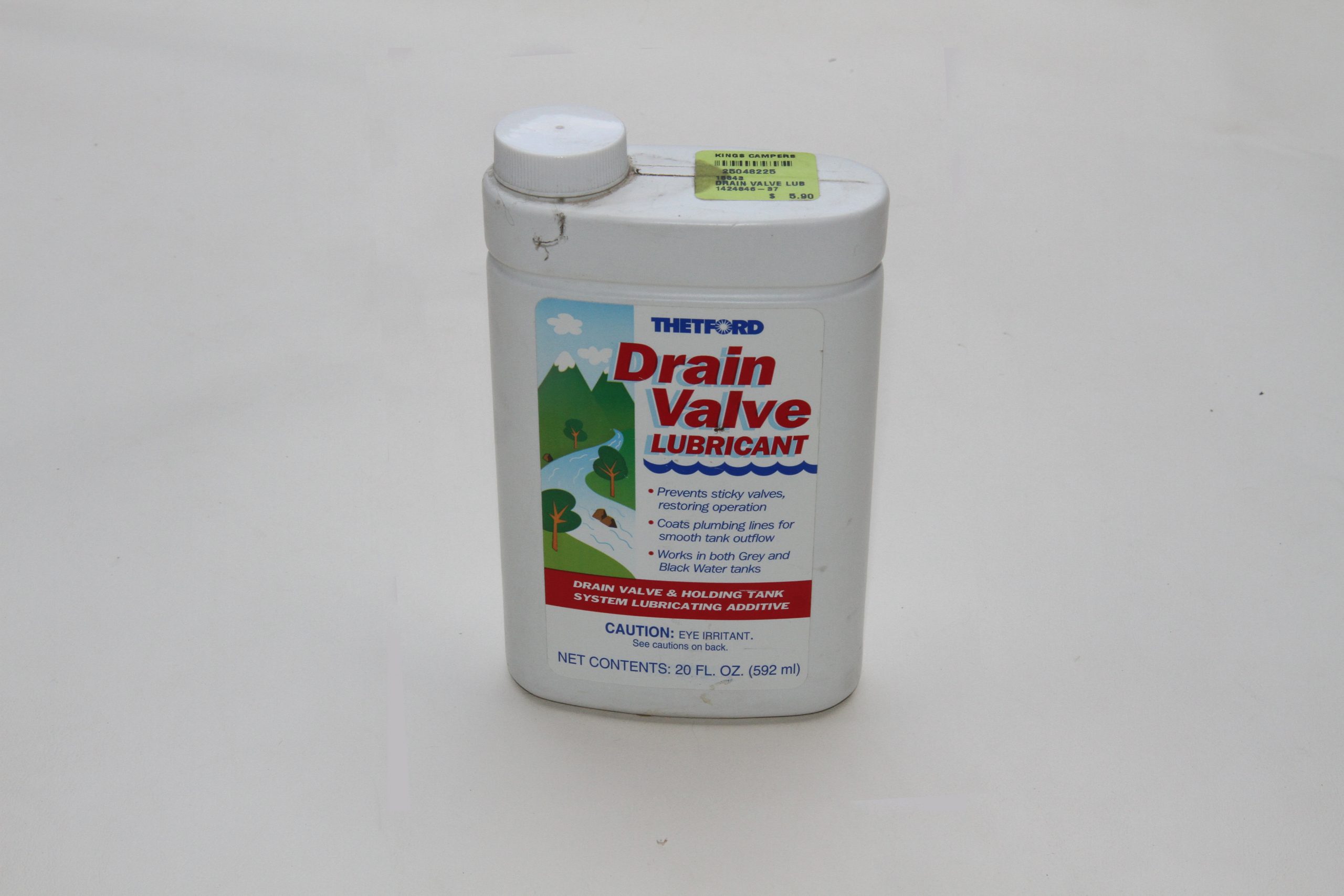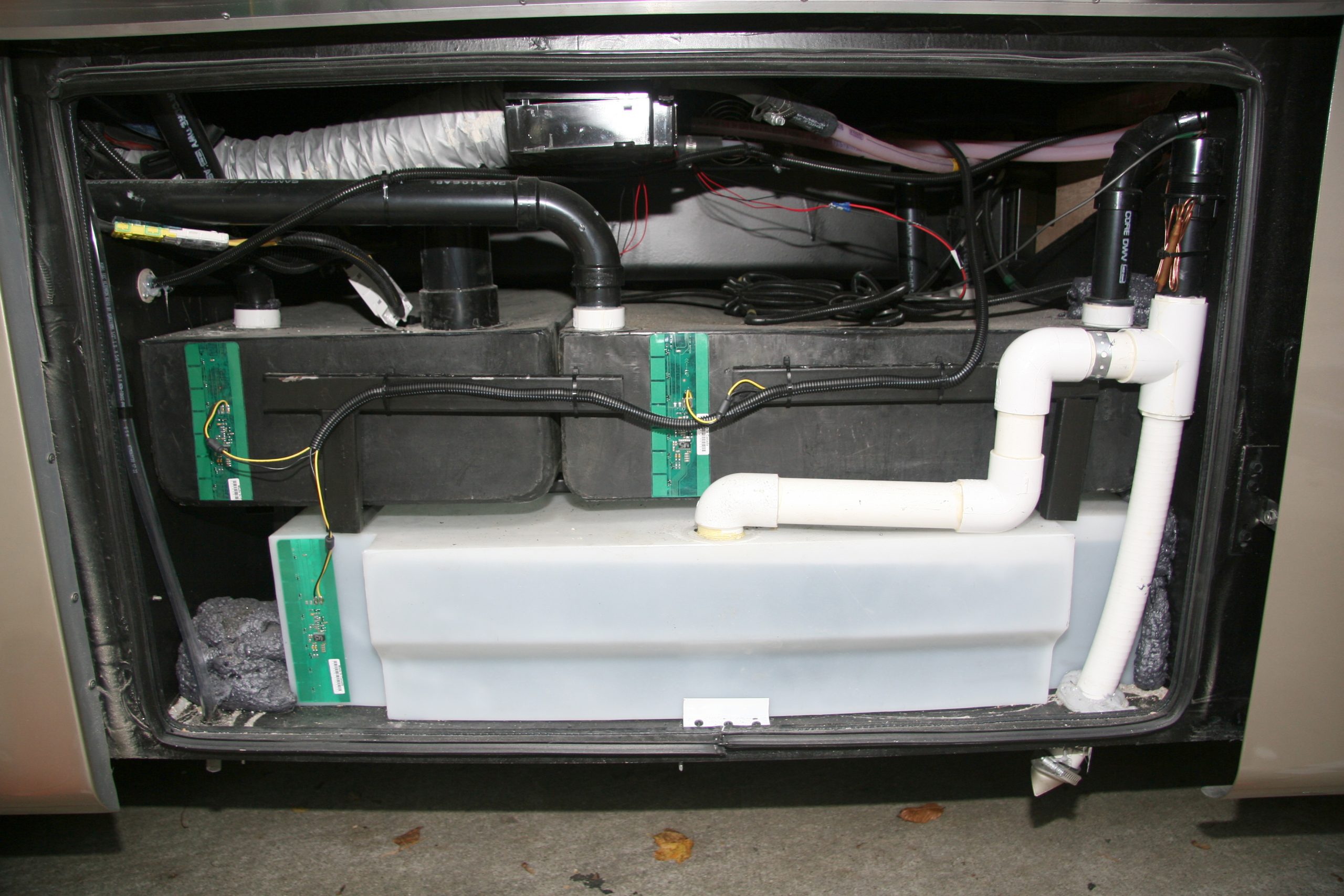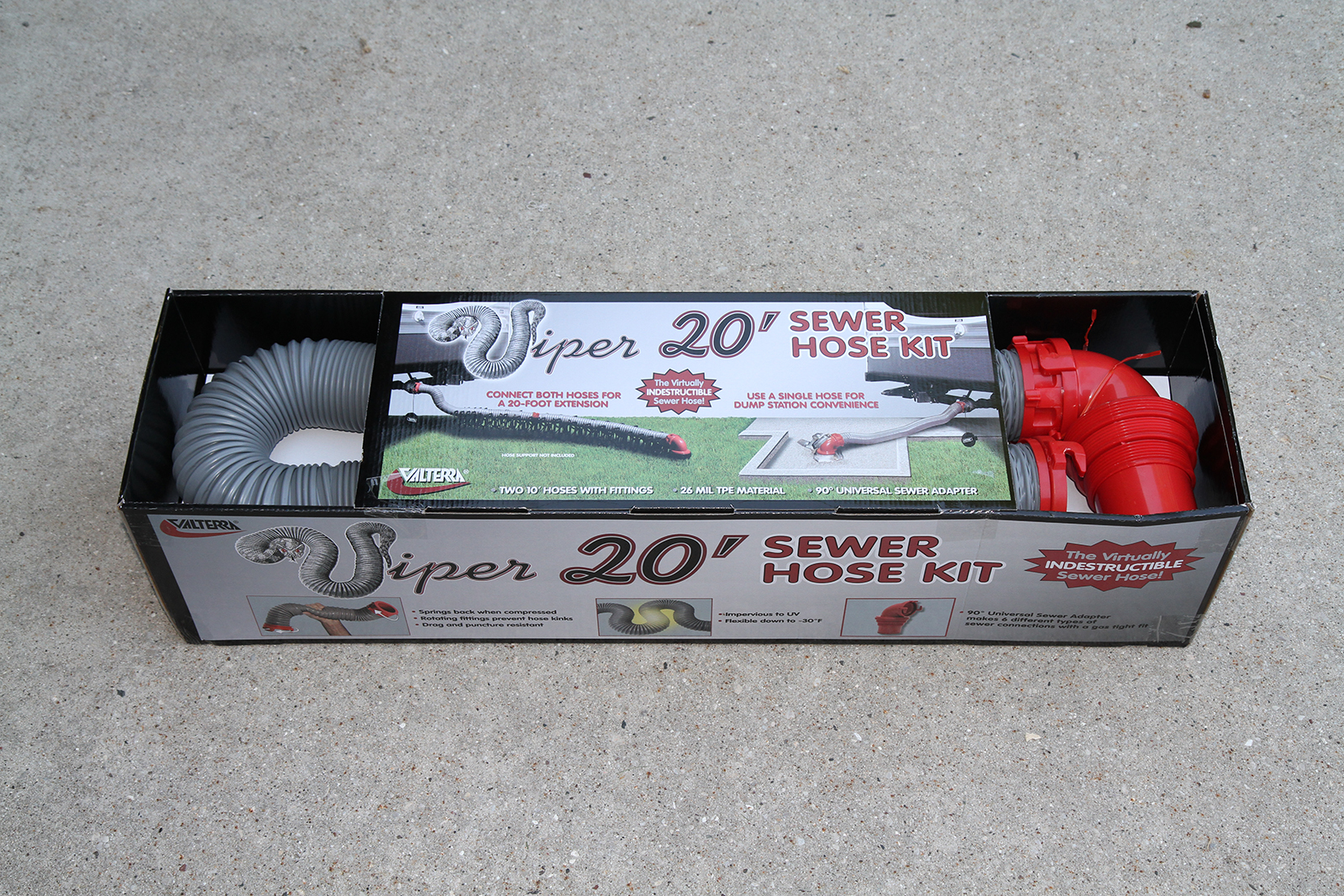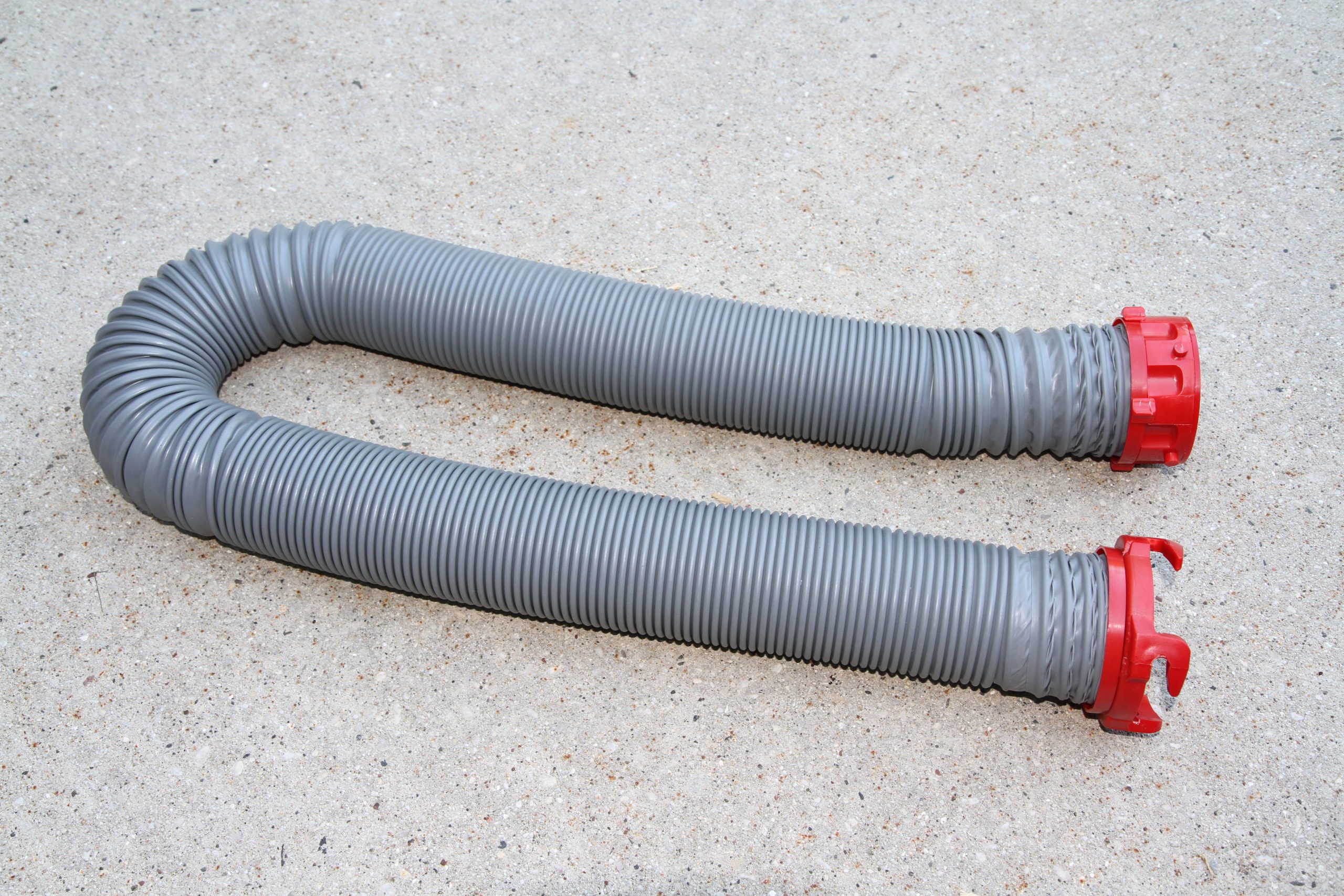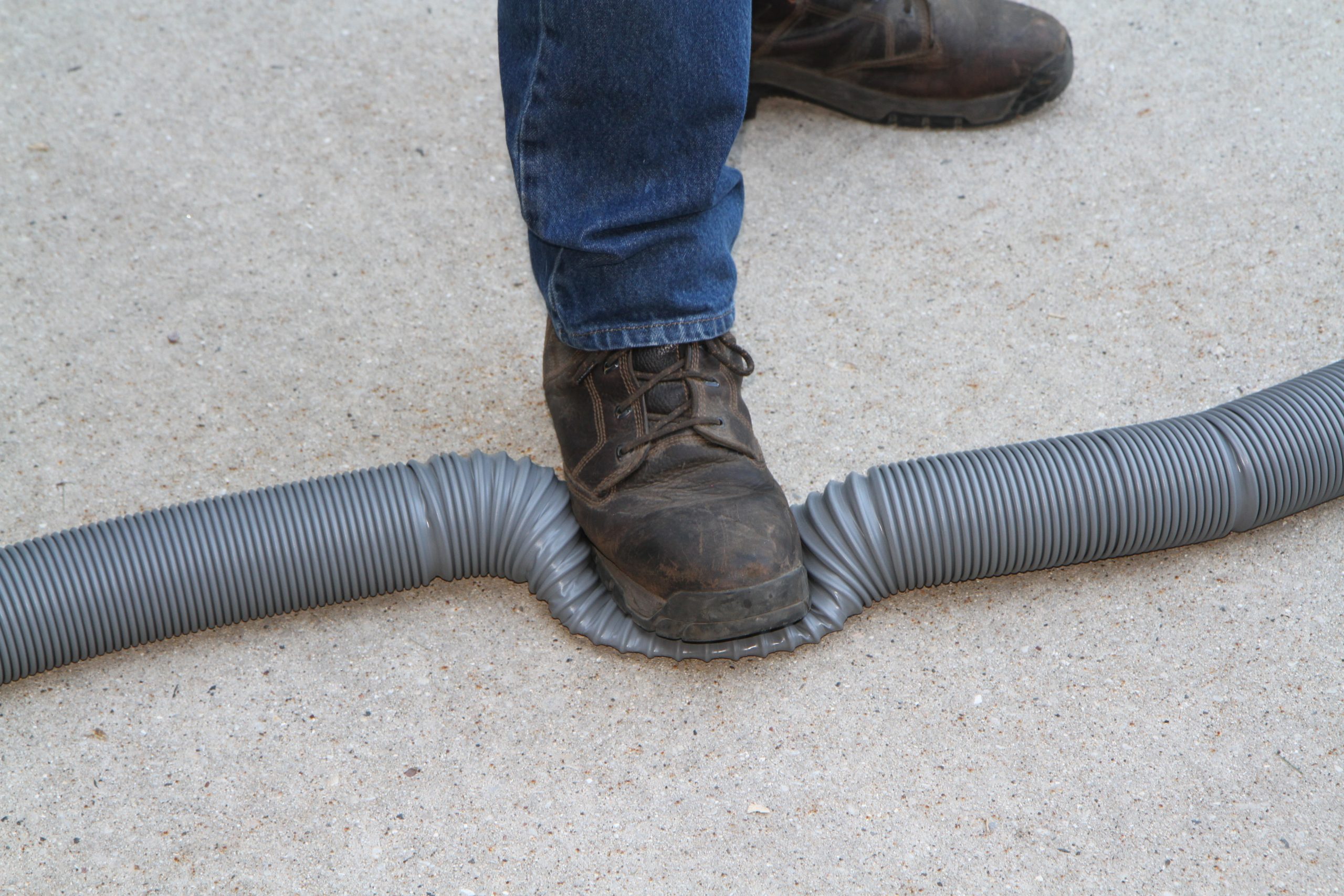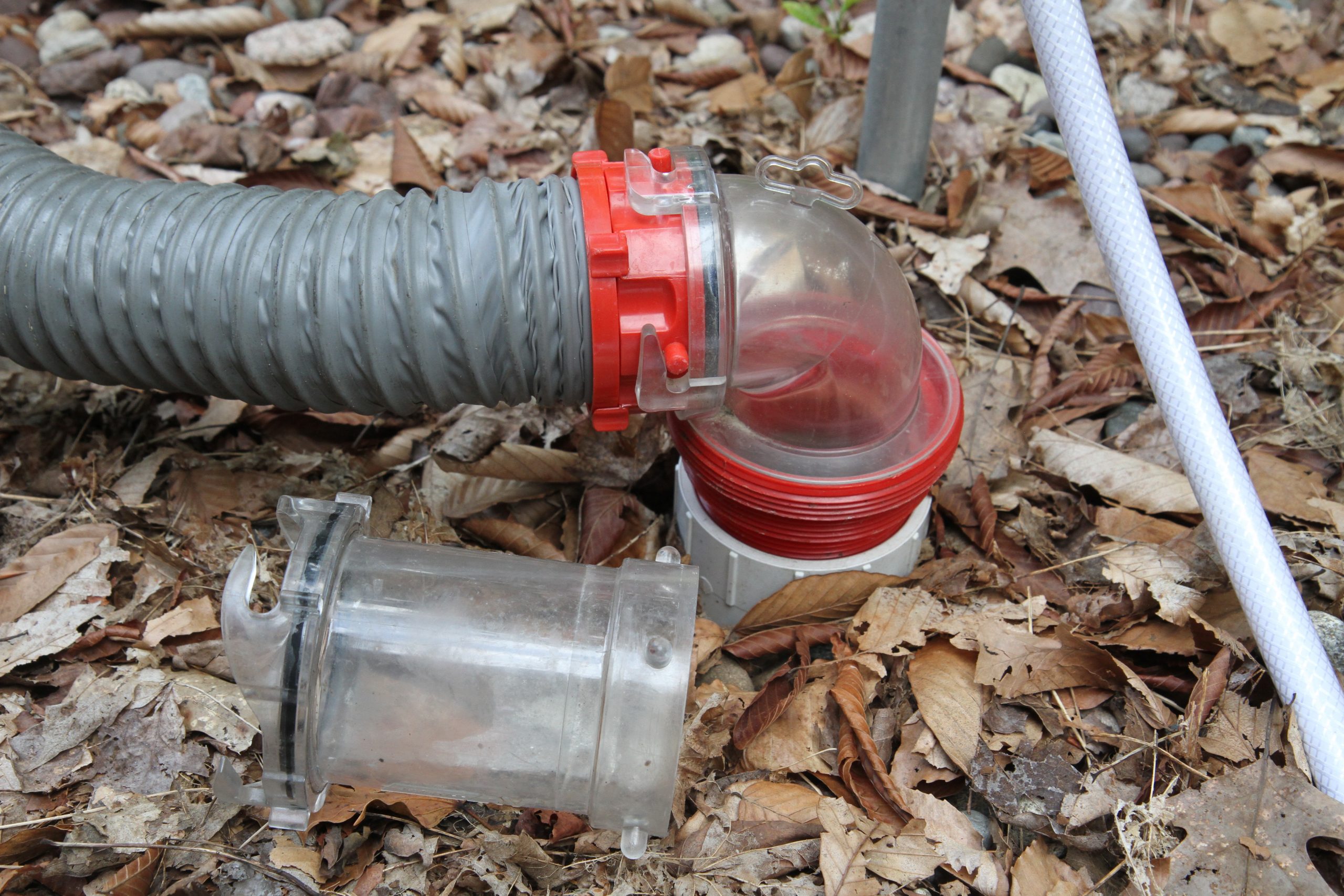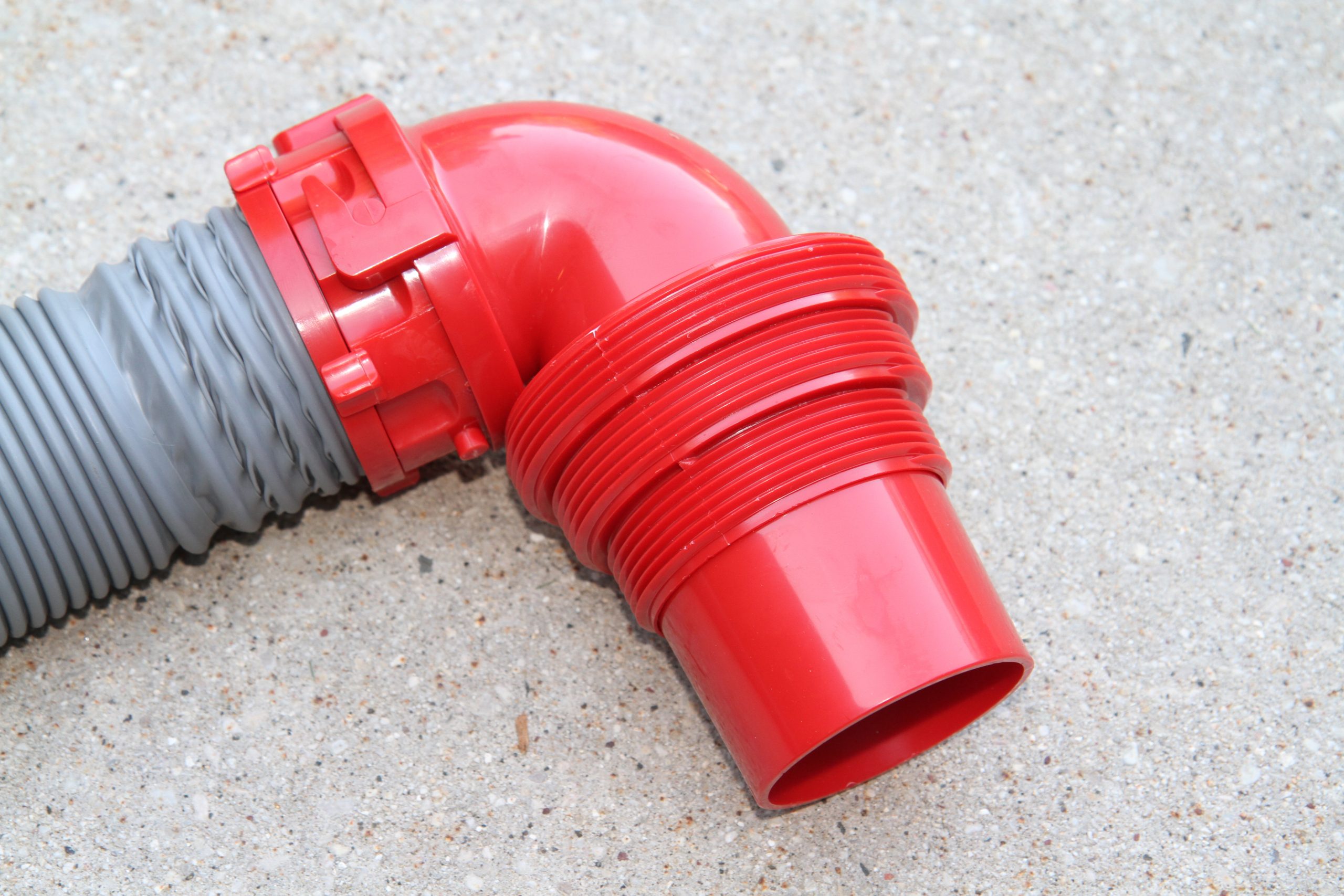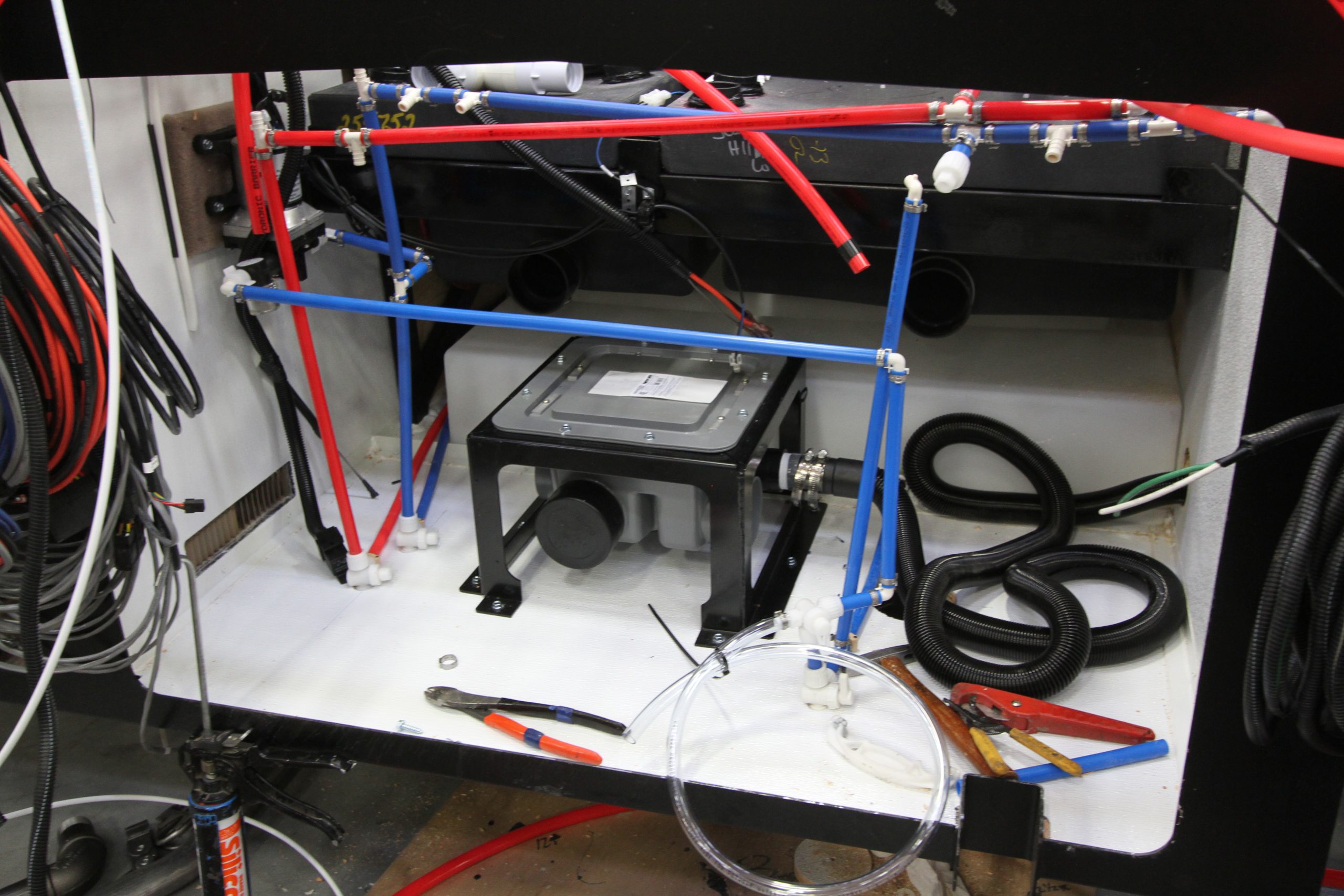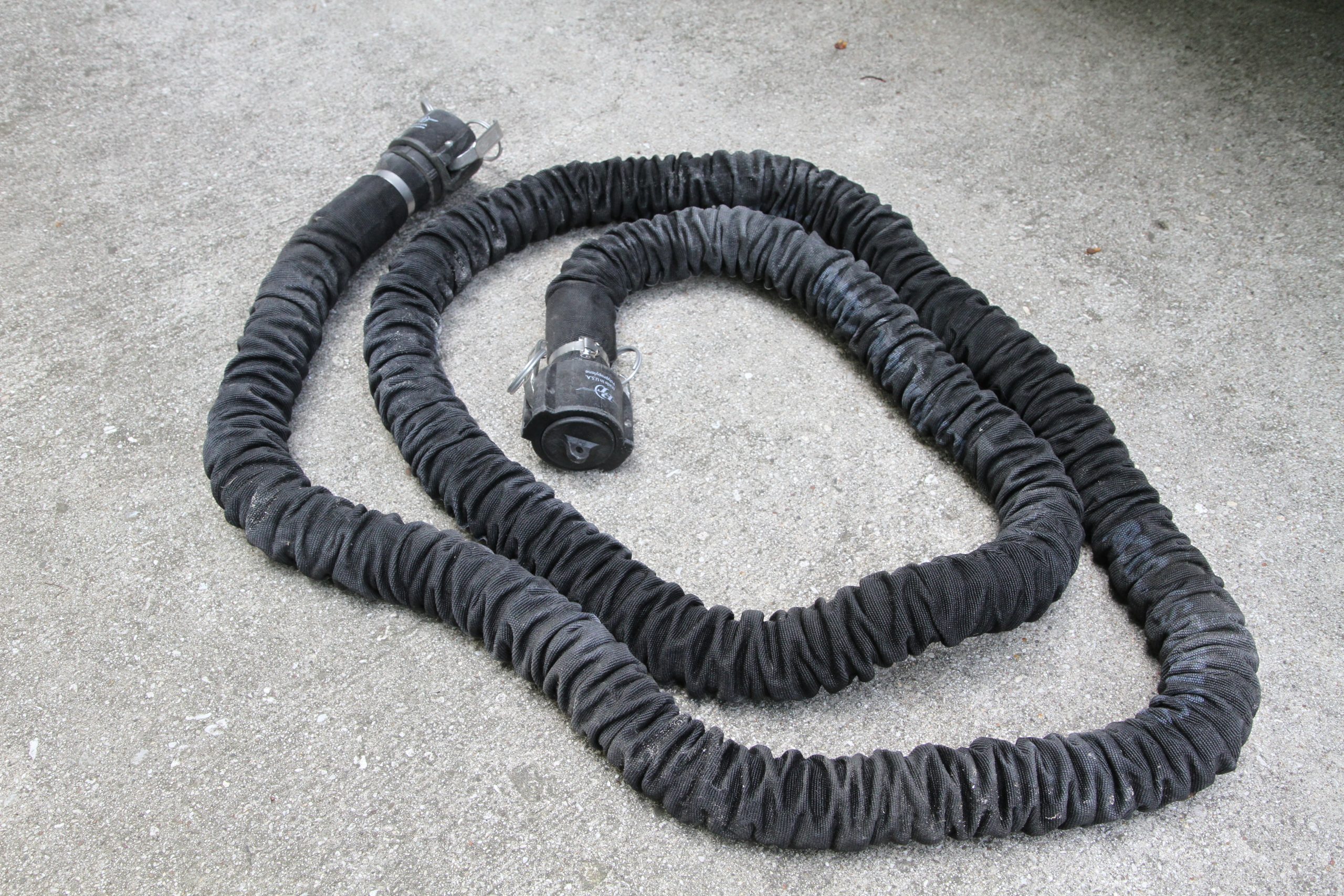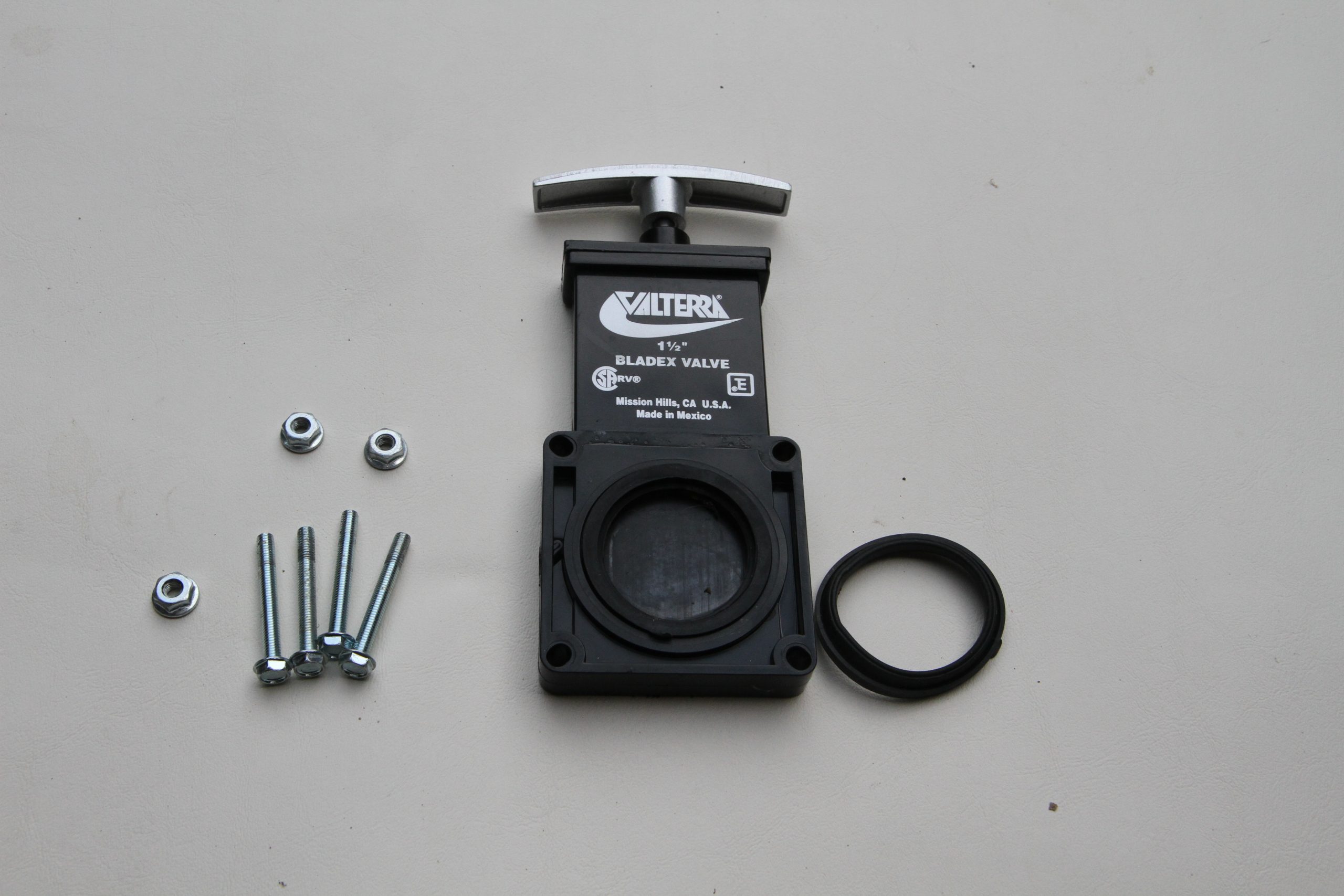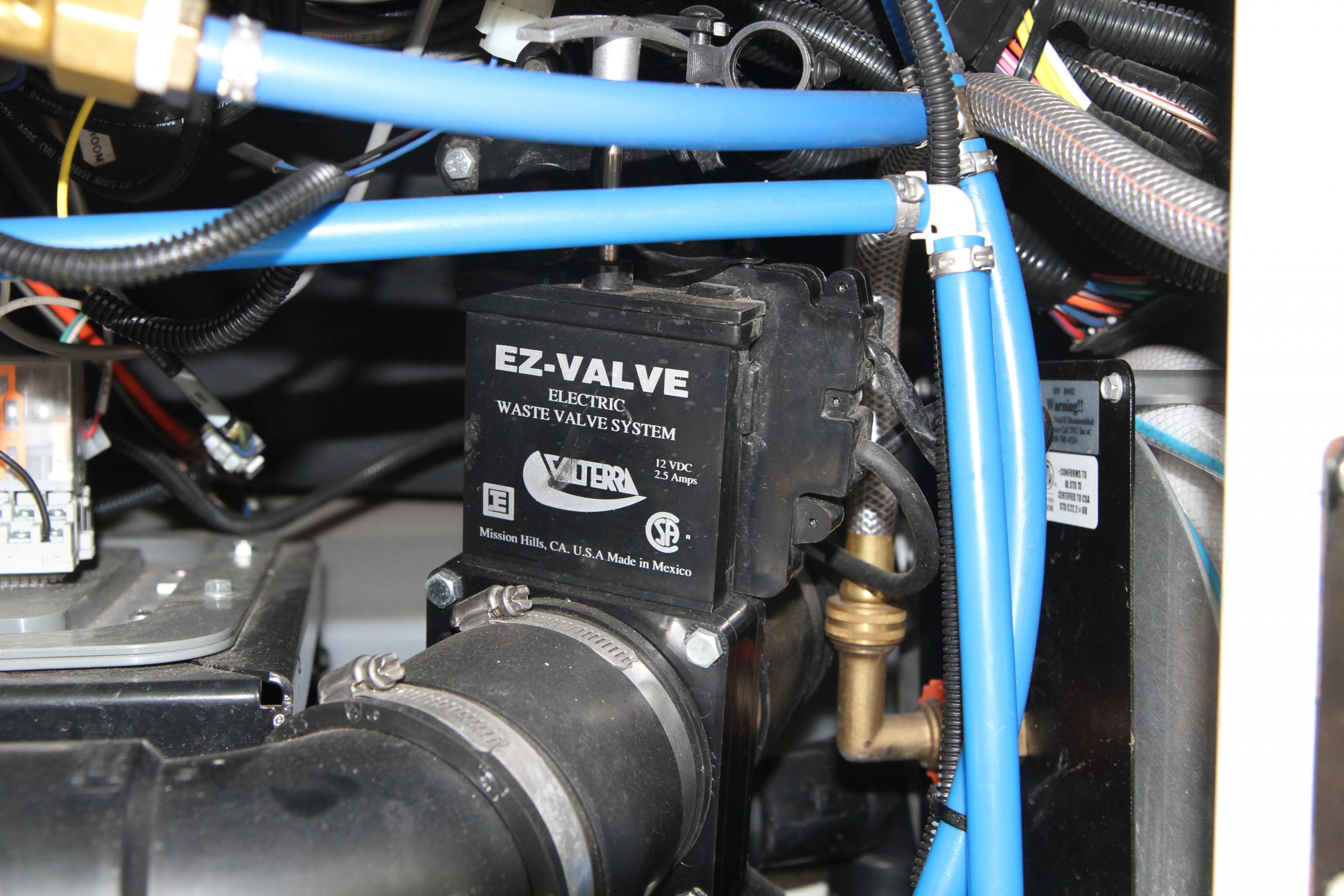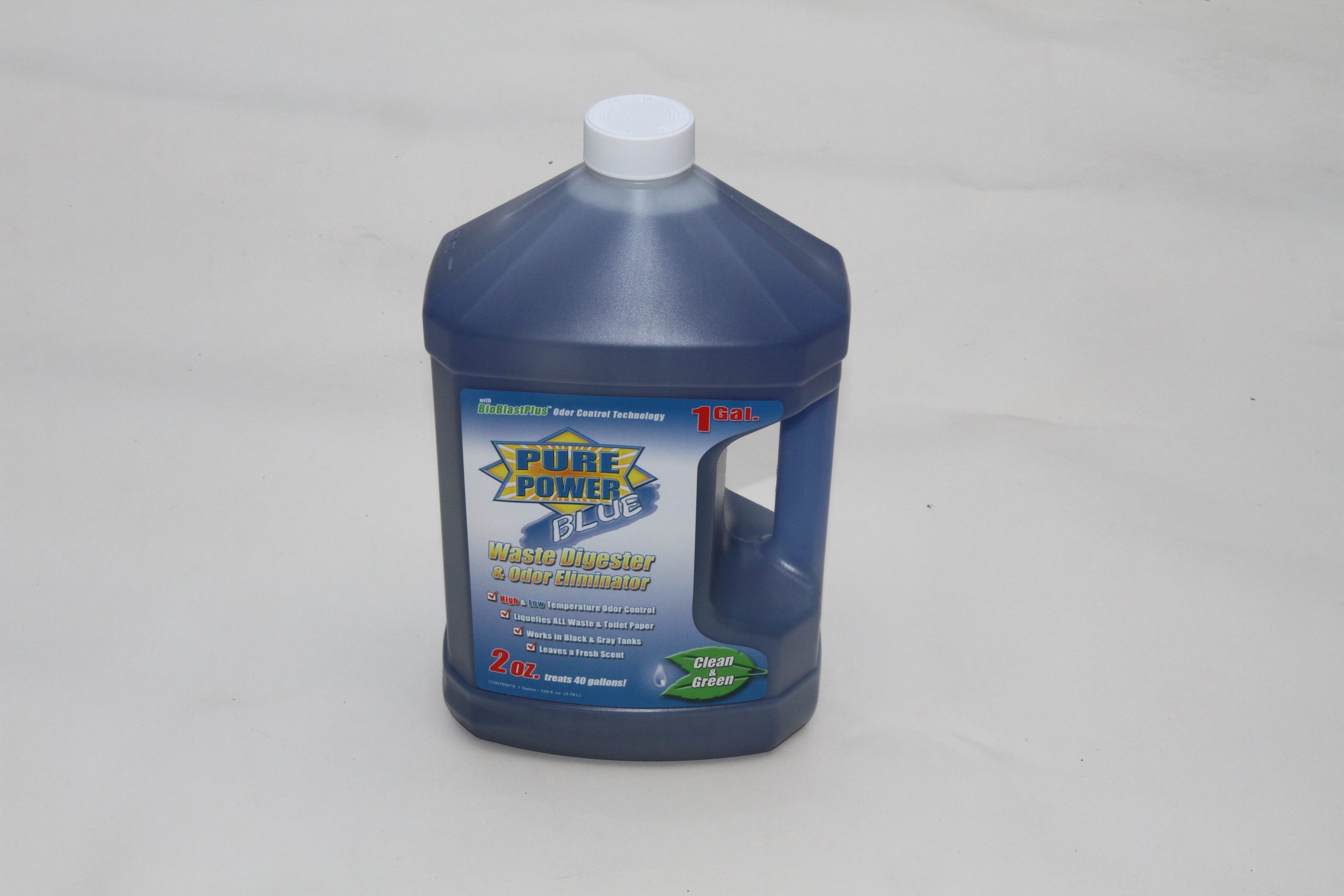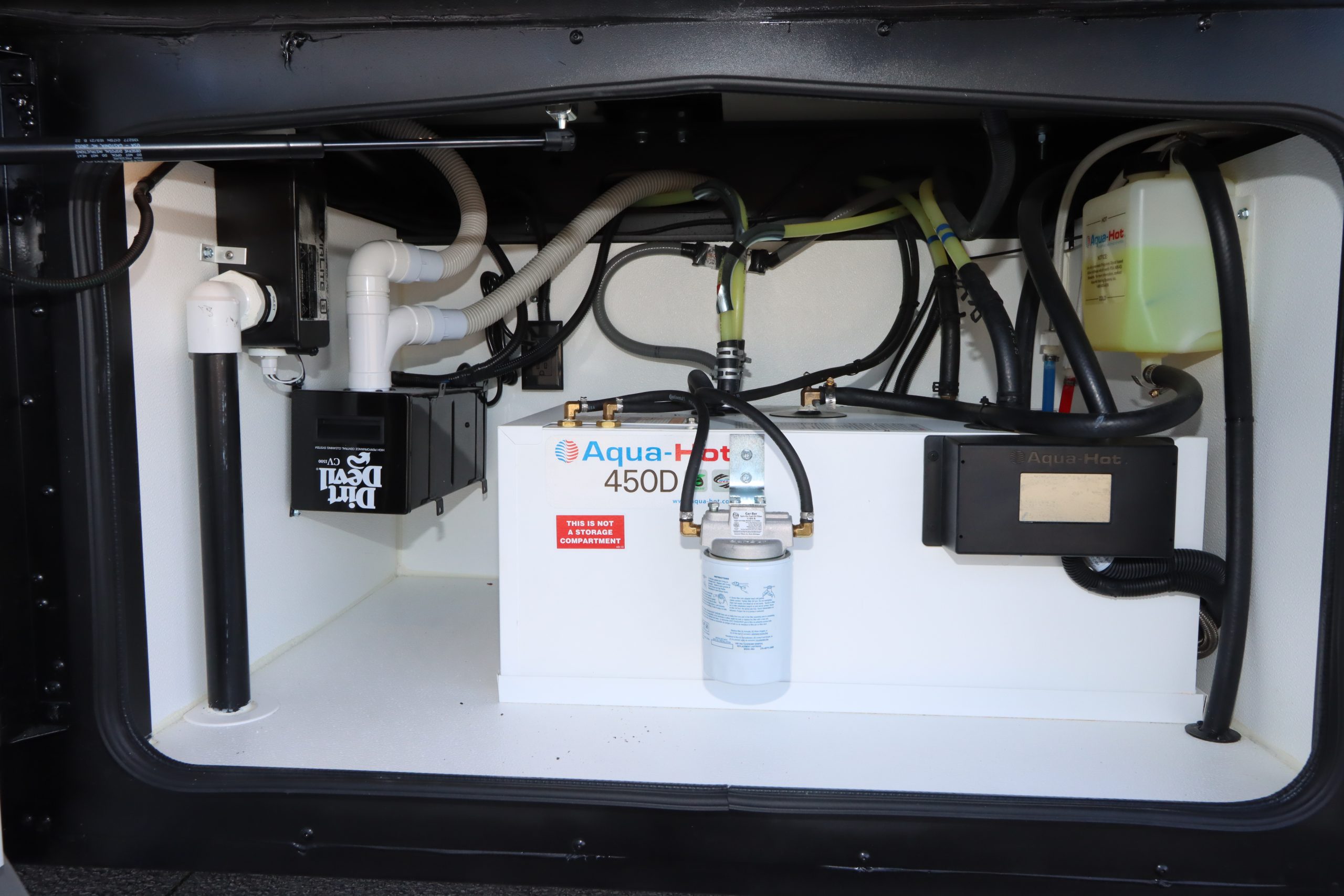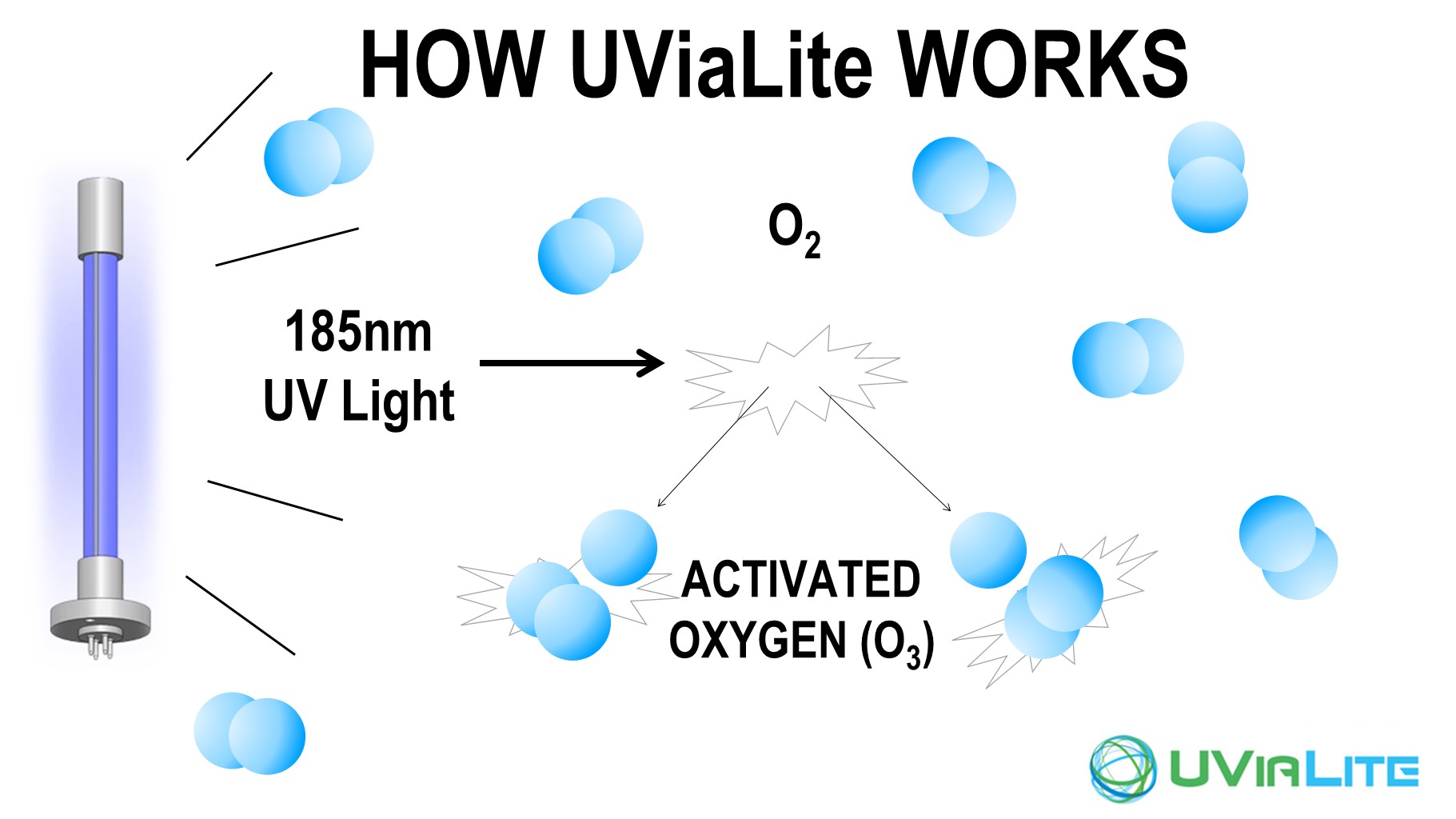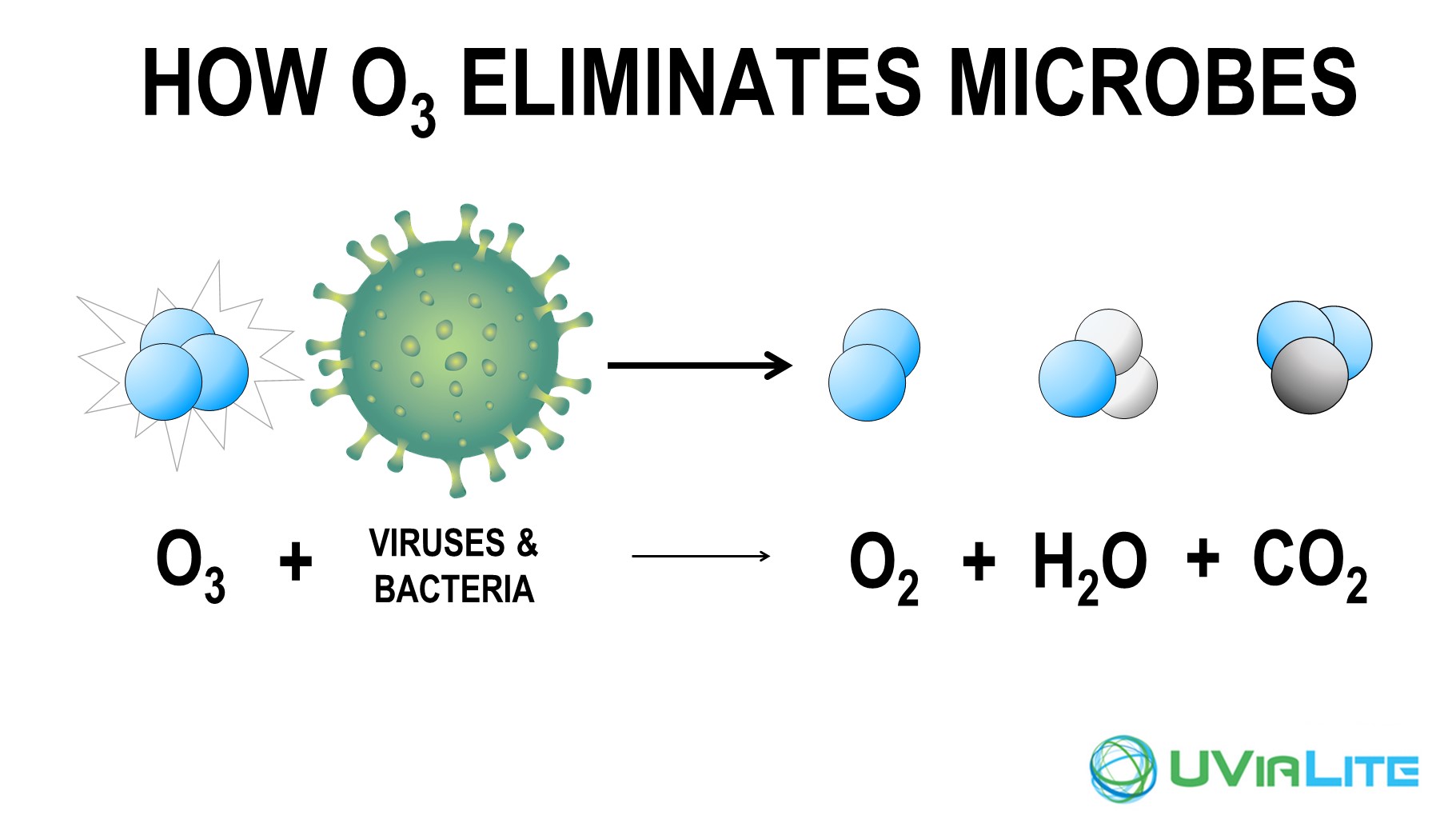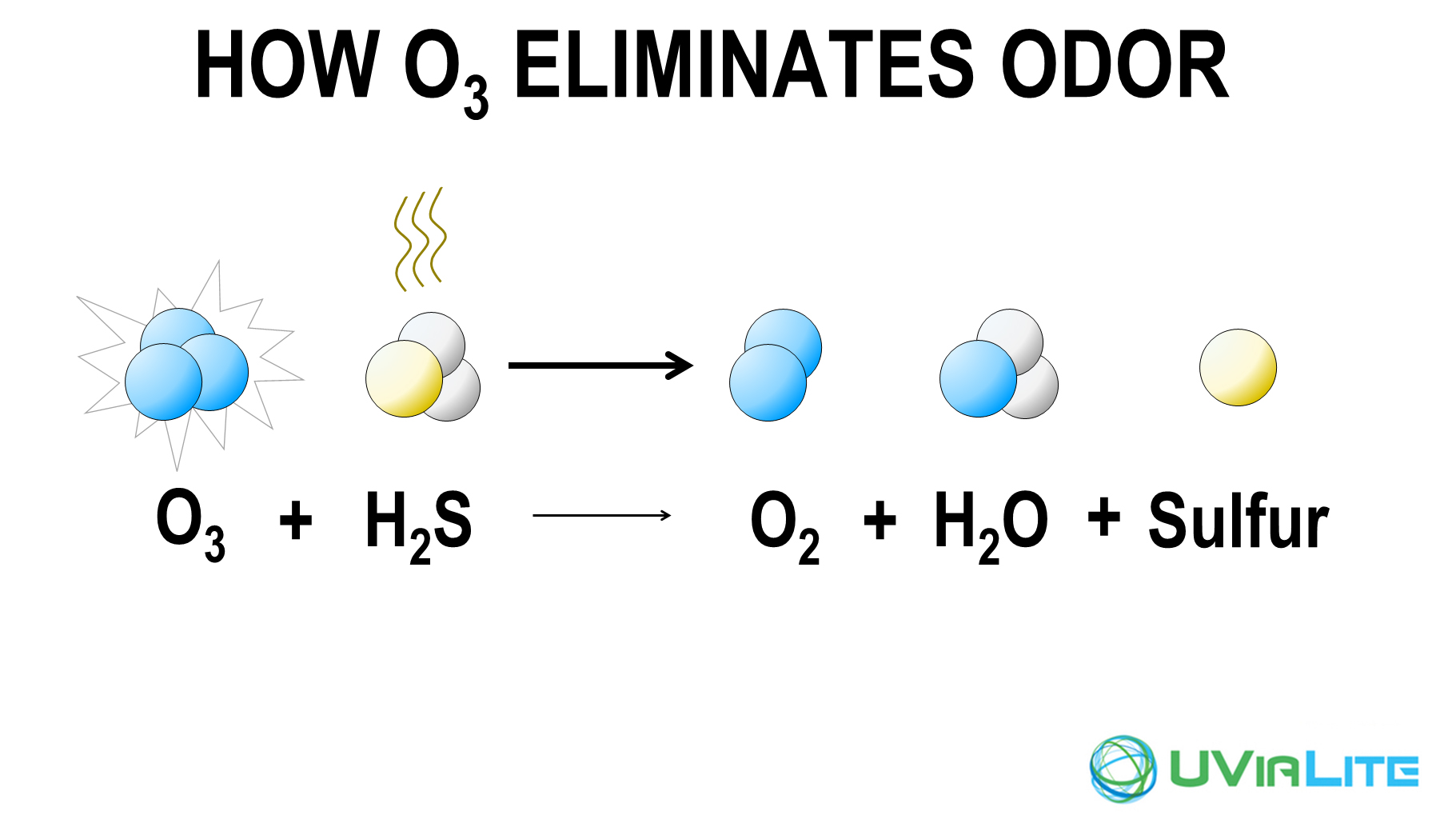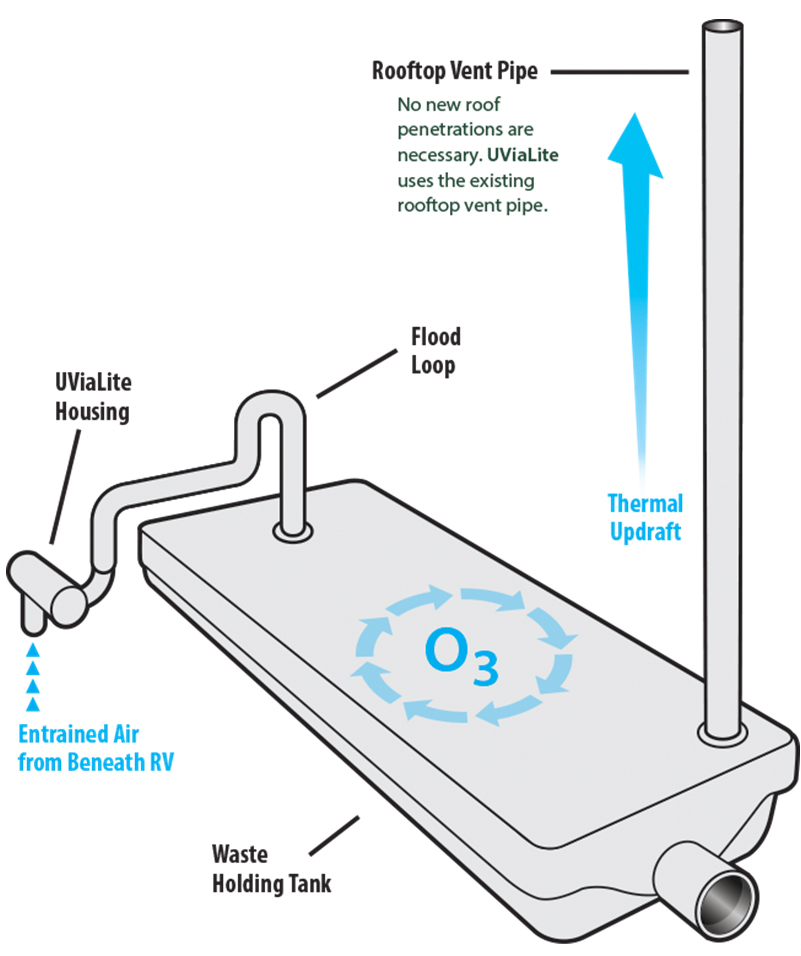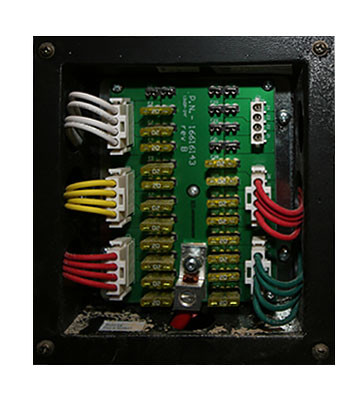Here’s How to Plan a RV Trip
Essential RV Trip Checklist
It can be tempting to load up the RV and hit the road as soon as the last snow of winter starts to melt. While the call of the open road can be irresistible, it’s important to make sure that you’re properly prepared for your trip before you leave. A little preparation and foresight can save you some massive headaches on the road while freeing up the focus to really enjoy the world around you.
Before you head out on the road, give some thought to these five things.
Maintenance Is Key
Literally. Motorhome maintenance is important enough that you should view it as the key to getting on the road. Motorhomes are complex machines which require care and attention to ensure your coach’s systems are all in working order. You don’t want to find out about any engine issues while you’re driving on a busy highway or navigating a remote mountain road.
At the start of every RV season, consider taking your motorhome in for a checkup. In particular, focus on servicing your RV’s roof AC, batteries, and generators. You’ll also want to inspect the roof and body sealant to make sure you don’t have any leaks. Finally, having your coolant serviced and tires rotated is always a good idea — especially if you’re planning to get a lot of use out of your motorhome this summer.
Know Where You’re Going (and How to Get There)
It can be easy to take navigation for granted in the era of Google Maps, but you shouldn’t always count on having a GPS app available. There’s an unspoken rule amongst experienced RV campers that cell phone service always seems to vanish at the moment when it’s most inconvenient.
Thankfully, you don’t have to worry about paper maps losing signal; and while they may not be as immediately intuitive as a phone app, they’re invaluable in a pinch.
Having a solid sense of where you’re driving before you leave can also save you from being stressed on the road. Identify alternate routes to get to your destination, so you have a backup on hand when needed. By being able to quickly pivot from Route A to Route B, you can minimize lost time while also taking advantage of any interesting destinations that your detour has to offer.
Hope for the Best, Prepare for the Worst
Nobody plans to have an emergency during an RV trip. That’s why it’s all the more important to make sure that you’re prepared to react if something unexpected happens. You don’t have to map out every single RV service center between home and your destination, but you should be prepared if a tire bursts on the road.
Speaking of front-end tire blowouts, there are a couple simple (yet powerful) safety products which may not only save you a lot of headache but could potentially save your life and the lives of those you love. One such product is called RettroBand®. This revolutionary run-flat tire safety system is installed inside your RV’s front tires and provides a built in, highly-durable doughnut for your motorhome!
How does it work? Well, should your RV’s front tires lose air for any reason, your motorhome will settle onto the RettroBand wheel enhancement band and will allow you to keep better control of your motorhome until you can find a safe place to pull over and stop. Learn more about RettroBand here.
Another critical and potentially life-saving product that every coach owner should have installed in their motorhome is the one-of-a-kind THIA by Proteng Fire Suppression System. Fire safety in any situation is very important, however, when it comes to suppressing a fire within the tight confines of your RV, having a fire suppression system which can give you time to escape a deadly fire, as well as operates even when you’re not in your motorhome is a must and simply priceless!
The Proteng system is custom installed in your coach by placing Proteng tubes in areas of your motorhome where fires are likely to occur. Should a fire start up in your RV, these tubes are activated and rupture to release a non-toxic gas that lowers the temperature flash point of the fire, suppressing it completely or long enough for you to get to safety while not leaving any sort of residue. To learn more about Proteng, click here.
Hoping for the best, but planning for the worst goes doubly for the possibility of medical emergencies. Make sure to confirm any allergies before you prepare food for the trip, and make sure everyone has enough medicine to cover the trip, along with a few extra days worth in case of detours or delays. Lastly, before you leave, make sure that your RV’s first aid kit(s) is properly stocked as well. There aren’t any fun ways to find out that you’re low on Band-aids.
Don’t Forget Food
When people think of “RV food,” their minds almost immediately jump to their favorite mid-drive snack. While good snacks are undoubtedly a part of any good RV adventure, dining exclusively on Doritos and gas station takeout can get exhausting and unhealthy (not to mention smelly!) really fast. While planning food for a motorhoming trip may not be your favorite part of the RVing lifestyle, there are a ton of advantages to doing so.
Packing meals doesn’t just give you better control of what you eat, it also gives you extra control over where and when you eat! Being able to simply pull over to a rest station and dine on some sandwiches or burritos means saving time and money that would otherwise be spent pulling over to restaurants. Keeping yourself alert and full of energy during a long drive goes a long way towards maximizing your RV adventure, so you’ll want to make sure you’re packing meals that actually refresh you, instead of sending you into a slightly gassy food coma
Take a Moment to Be Mindful
If you can, try to set aside some time before your trip to take a deep breath and open yourself up to all of the exciting adventures ahead of you. In all the hustle and bustle of preparing for a trip, it can be easy to lose a bit of the excitement for the RV journey ahead and forget why you’re going on one in the first place.
At the end of the day, RV trips are about adventure, regardless of what that specifically looks like for you. Whether you’re looking forward to attending group rallies with your motorhome club (check out the AIM Club which NIRVC is a sponsor), evenings sleeping alone under the stars, or cooking some barbecue while watching a movie with your entire family. These adventures are a chance to unwind, decompress, and focus on the things in life that bring you joy.
Happy travels!


